Today I've checked the frequency response of my Amek Blue Angela at few different outputs using Waves Q Clone and this is what I've found:
Can someone please re do this test on his Angela and see if it acts the same?
Master buss:
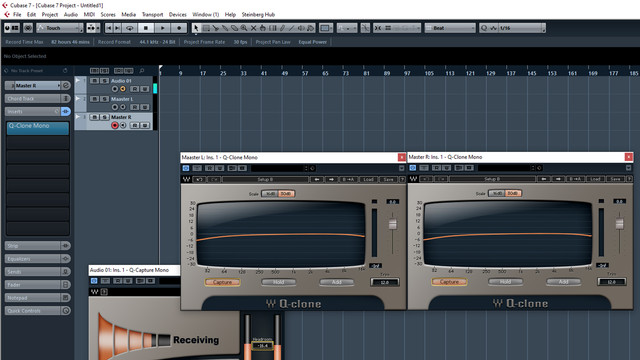
Buss 1:
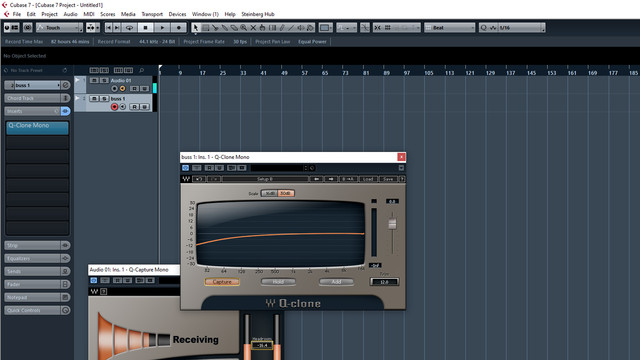
Aux 1:
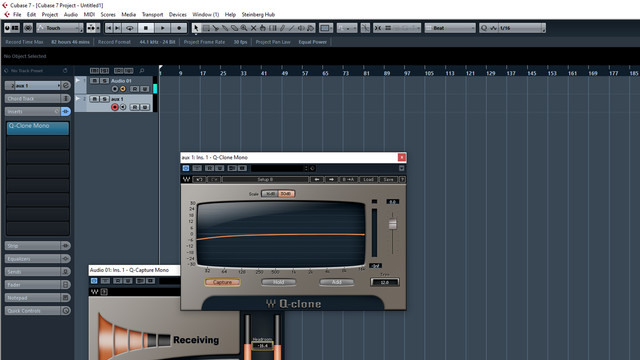
Insert Send:
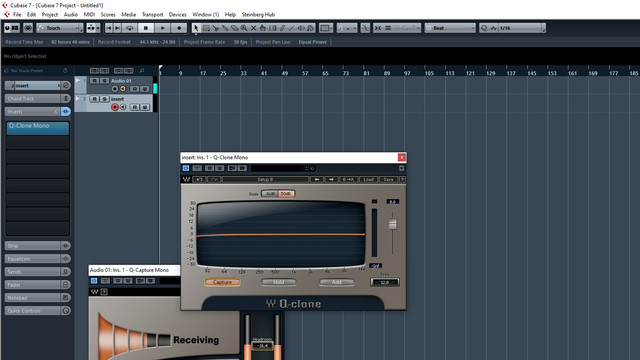
I've made this test on few different A10 modules and checked few different Buss Outputs and it acts the same.
I've also never recapd the console so this loss might cause due to old caps?
Can someone please re do this test on his Angela and see if it acts the same?
Master buss:

Buss 1:

Aux 1:

Insert Send:

I've made this test on few different A10 modules and checked few different Buss Outputs and it acts the same.
I've also never recapd the console so this loss might cause due to old caps?



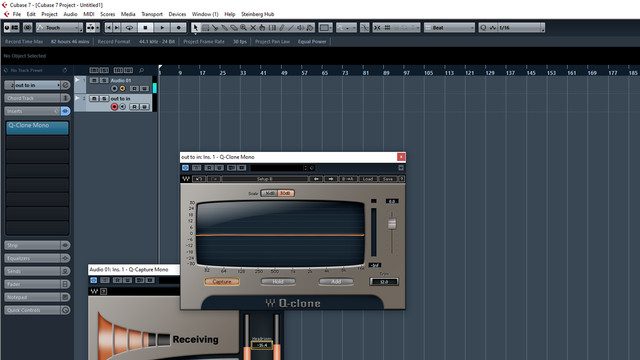




















![Electronics Soldering Iron Kit, [Upgraded] Soldering Iron 110V 90W LCD Digital Portable Soldering Kit 180-480℃(356-896℉), Welding Tool with ON/OFF Switch, Auto-sleep, Thermostatic Design](https://m.media-amazon.com/images/I/41gRDnlyfJS._SL500_.jpg)








